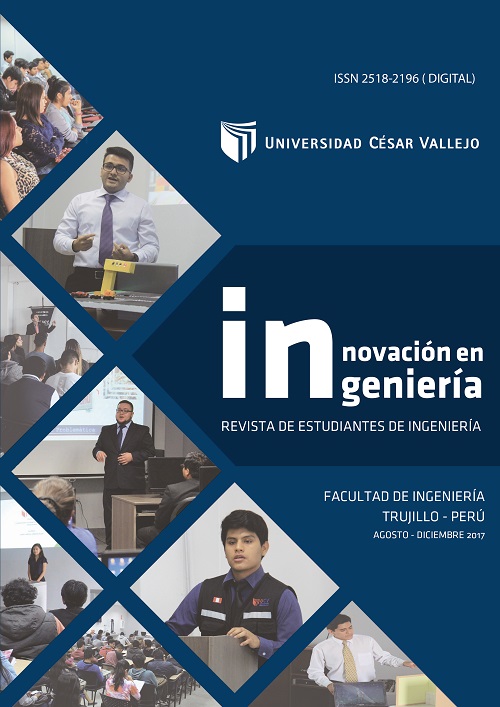Influence of the amount of solid waste derived from constructive activities used in the manufacture of pressed concrete bricks, in the compression resistance thereof - Trujillo 2017
Keywords:
Soild waste, Bricks, Pressed concreteAbstract
This research has as main objective to analyze the influence of the amount of solid waste derived from construction reused in the manufacture of compressed concrete bricks and their resistance to compression.
To this end, 15 different treatments or combinations were elaborated, which varied the amounts of cement and solid waste used. From each treatment 5 specimens were prepared according to Peruvian Technical Standard 399.613.
Subsequently tests were performed such as: variation of the lost weight, dimensional variation, warpage and finally the test of resistance to simple compression.
From the tests it was verified that the processed bricks are solid units and suitable for use in the construction of load-bearing walls. The treatment 14 reuses 100% of its aggregate and generates a characteristic compressive strength of 92.18 kg/cm2, a dimensional variation of less than 3% and warping in convexity of less than 0.5 mm. Being thus classified as a brick type III according to the norm E.070. Furthermore, treatments 3 and 13 are classified as type IV and type II bricks, respectively.
Downloads
Downloads
Published
How to Cite
Issue
Section
License

This work is licensed under a Creative Commons Attribution-NonCommercial 4.0 International License.






